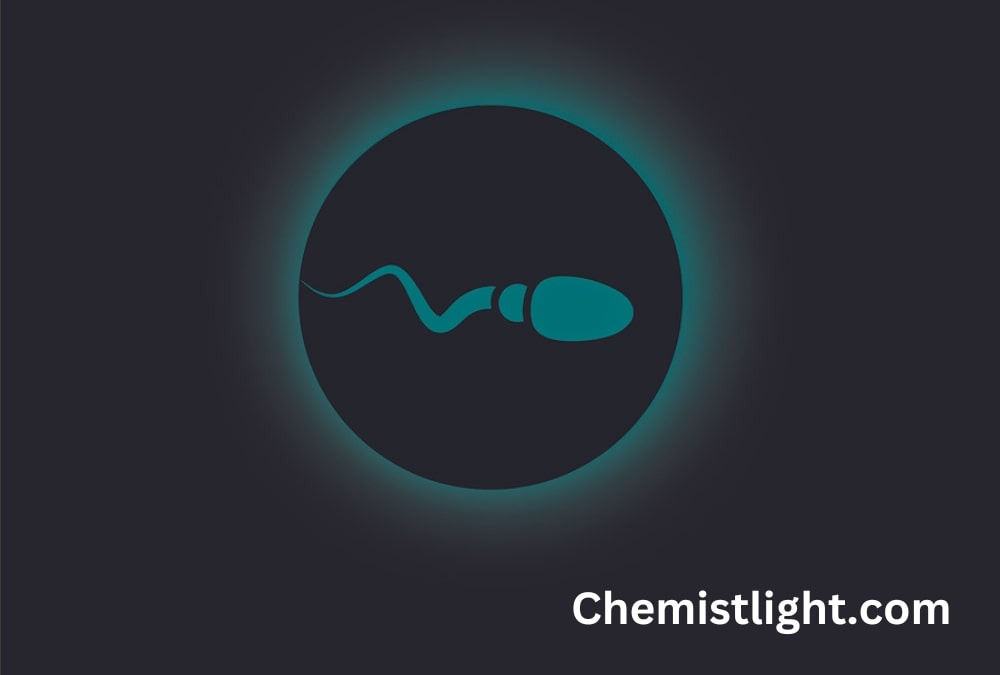How Much Protein is in Semen? sperm vs. Semen

Semen, the liquid that contains sperm during ejaculation, has limited definition as the fluid known to facilitate reproduction. Nonetheless, semen does include a small level of protein, thus propelling concerns over the nutrition facet of the substance. Here is some basic information about semen composition. While the protein content of semen is low, it remains a topic of interest to those who study and research human biology and diet. In this article we will discussed the how much protein in semen. And its composition and nutritional value as well as its possible benefits for people.
Does semen contain proteins?
Yes, Semen do contain a small quality of protein depending on its concentration since the average quantity recorded was 5040 mg per 100 milliliter. Nonetheless, the protein concentration in the total volume of 2-5 ml in a typical ejaculation is much lower, it ranges below 250 mg (0. 25 g). Semen also contains a diverse array of proteins consisting of enzymes and enzyme inhibitors. That aid in sperm; nevertheless, the nutritional contribution of semen to human protein needs is meager. Ejaculate, in general, is a protein in which sperm cells swim with the aim to reach the place where the egg is located.
Composition of Semen
Semen is a complex secretion of the male gonads, an aggregation of secretions from the reproductive system. It is mostly composed of Water, Plasma and Mucus these are a sort of slippery substance formed in the body. It also contains 5 to 25 calories, and is made up of small amounts of essential nutrients, including.
- Calcium
- Citrate
- Fructose
- Glucose
- Lactic acid
- Magnesium
- Potassium
- Protein
- Zinc
How Much Protein is in Semen?
| Volume of Semen (ml) | Protein Content (mg) |
| 1.0-1.5 | 50.4 – 75.6 |
| 2.0 | 100.8 |
| 3.0 | 151.2 |
| 4.0 | 201.6 |
| 5.0 | 252 |
Semen vs. Sperm
| Characteristic | Semen | Sperm |
| Composition | Contains sperm, fluids from prostate, seminal vesicles, and bulbourethral glands | Made up of proteins, sugars, and other nutrients |
| Function | Helps sperm travel to an egg for fertilization | Responsible for fertilization |
| Location | Produced in seminal vesicles, prostate, and bulbourethral glands | Produced in testicles and epididymis |
| Appearance | Whitish fluid | Tiny, tadpole-shaped cells |
| Quantity | Typically around a teaspoon’s worth | Millions in a single ejaculation |
| Nutritional Value | Contains small amounts of essential nutrients | Provides energy for sperm during journey to egg |
Is It Safe to Swallow Semen?
The components that are present within semen do not pose any harm to the woman or her unborn baby. The main danger of swallowing semen is a possibility to catch a STD. It is true that one can be infected by herpes, syphilis and gonorrhea through or oral romance . Research has established that contracting HIV is less likely through this mode but it’s still Doable.
There are people who have a medical condition called rhinitis, either a temporary reaction to rye flour or a long-term condition. That can cause stinging and burning when semen touches skin, hives, wheezing and trouble breathing.
How much sperm is in Precum?
Precum is the fluid that immediately precedes ejaculation; thus, it contains less sperm than ejaculate but a higher concentration than urine. Before endorsing its significance, it is vital to realize that this substance is referred to as pre-ejaculatory fluid in scientific circles. Most pre-ejaculate samples analyzed recently in one small scale study contain a speck of sperm. The amount varies among different people Depending on the occupation, gender, and age of the individual. The amount can be as low as seven grams per day and as high as fourteen grams per day.
How many proteins are contained in the load?
A load of semen optimally contains around 75mL of semen and can be between 60 and 90 ml to be considered viable. Depending on the volume of the semen, the content of the nutrient varies to be at 6mg+252mg of protein. The compositional data obtained for semen as stated are the quantities of protein/ml; the sample mean is 5,040 mg of protein/100 ml but there can be variations in the values between different individuals. For example, a 1. And 5 ml of semen can contain approximately around 50.
That is to say, 1 ml of protein could carry about 4 mg of protein, while a load of 5 ml could contain up to 252 mg of protein. This protein content is exclusively designed to enable the sperm cells to survive and swim throughout the reproductive system to get frittata the egg as well as it is not aimed to provide the human body with the nutritional protein required to sustain life. Which proteins’ present in semen names are seminal vesicles, the prostate gland, and bulbourethral glands etc.
Conclusion
Semen has very limited protein content that serves as the nutrient reserve and as motive power for the spermatozoa while swimming towards the egg. Thus, as wrong rumors have it that semen is a rich food source for its protein content, although. It can hardly be a primary source of protein for human consumption, it is an intriguing aspect of human biology. Having information regarding the formation and the composition of semen can help to better comprehend procreation processes in people and to have a deeper insight into men’s health.

![Do tomatoes contain nicotine? Yes, tomatoes contain small amounts of nicotine, with ripe tomatoes containing around 0.00001 mg of nicotine per gram[1][2][3][4]. Citations: [1] https://snusboss.com/nicotine/food-that-contains-nicotine/ [2] https://nicokick.com/us/pouch-perfect/surprising-foods-that-contain-nicotine [3] https://www.ncbi.nlm.nih.gov/pmc/articles/PMC4864980/ [4] https://www.nejm.org/doi/full/10.1056/NEJM199308053290619 [5] https://www.eurl-pesticides.eu/userfiles/file/EurlSRM/LAPRW2019_Poster_Nicotine.pdf](https://chemistlight.com/wp-content/uploads/2024/06/Do-tomatoes-contain-nicotine-768x518.jpg)




